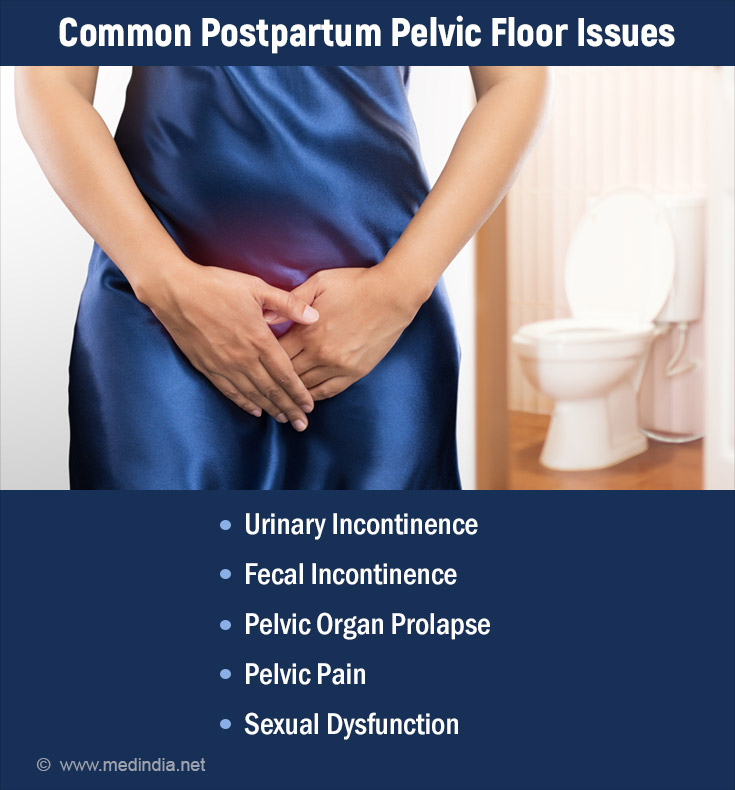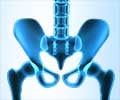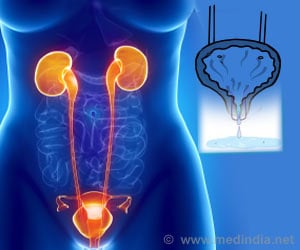- Post partum pelvic floor changes - (https://www.ncbi.nlm.nih.gov/pmc/articles/PMC3279110/)
- Postpartum Pelvic Floor Clinic for Women's Pelvic Health - (https://healthcare.utah.edu/womens-health/postpartum/pelvic-floor-disorders)
- Pelvic Floor Health for New Moms - (https://www.voicesforpfd.org/new-mothers/pelvic-floor-health-for-new-moms/)
About
The postpartum period brings numerous changes to a woman’s body, particularly to the pelvic floor. These changes can affect a woman’s health and quality of life. Understanding these changes, their causes, and management strategies is crucial for postpartum recovery.
The pelvic floor comprises of a group of muscles and tissues that span the bottom of the pelvis. It supports the bladder, intestines, and uterus. During pregnancy and childbirth, these muscles endure significant strain, leading to various changes and potential dysfunctions(1✔ ✔Trusted Source
Post partum pelvic floor changes
Go to source).
Did You Know?
Up to 50% of women experience pelvic floor changes postpartum. #postpartumhealth #pelvicfloorcare #medindiaCommon Postpartum Pelvic Floor Changes
1. Pelvic Floor Weakening:
It is caused mostly due to the weight of the growing baby, hormonal changes. The physical stress of childbirth can further weaken the pelvic floor muscles.
Symptoms: Women may experience urinary incontinence, a feeling of heaviness in the pelvic region, and difficulty controlling bowel movements(2✔ ✔Trusted Source
Postpartum Pelvic Floor Clinic for Women's Pelvic Health
Go to source).
2. Pelvic Organ Prolapse:
This condition occurs when pelvic organs, such as the bladder or uterus, drop from their normal position due to weakened pelvic floor muscles.
Symptoms: Symptoms include a bulging sensation in the vagina, discomfort, and urinary or bowel dysfunction.
3. Perineal Tears and Episiotomy Scars:
This condition occurs following vaginal delivery as the perineum (the area between the vagina and anus) may tear or be surgically cut (episiotomy) to facilitate childbirth.
Symptoms: These injuries can lead to pain, discomfort during intercourse (dyspareunia), and scar tissue formation.
4. Nerve Damage:
The process of childbirth can sometimes stretch or compress nerves in the pelvic region, leading to nerve damage.
Symptoms: Symptoms may include numbness, tingling, or a loss of sensation in the pelvic area.

Factors Contributing to Pelvic Floor Changes
- Mode of Delivery: Vaginal deliveries, especially those involving forceps or vacuum extraction, tend to cause more significant pelvic floor changes compared to cesarean sections(3✔ ✔Trusted Source
Pelvic Floor Health for New Moms
Go to source). - Number of Pregnancies: Multiple pregnancies can compound the strain on the pelvic floor muscles, leading to more pronounced changes.
- Genetic Predisposition: Some women may have a genetic predisposition to having weaker connective tissues, making them more susceptible to pelvic floor dysfunction.
Prevention and Management of Postpartum Pelvic floor changes
- Kegel Exercises: These exercises involve repeatedly contracting and relaxing the pelvic floor muscles to strengthen them. Kegel’s can be performed during pregnancy and postpartum to enhance pelvic floor recovery.
- Healthy Weight Management: Maintaining a healthy weight reduces the pressure on the pelvic floor muscles, minimizing the risk of dysfunction.
- High-Fiber Diet: A diet rich in fiber helps prevent constipation, which can strain the pelvic floor muscles during bowel movements.
- Quit Smoking: Smoking can affect tissue health and healing. Quitting smoking can improve overall tissue integrity and pelvic floor health.
- Regular Physical Activity: Engaging in regular exercises, including activities that promote core strength and stability, can help maintain pelvic floor health.
- Pelvic Floor Physical Therapy: Specialized physical therapists can provide personalized exercises and treatments to address specific pelvic floor issues.
It is essential to seek professional help if you experience severe or persistent symptoms such as significant urinary or fecal incontinence, a noticeable bulge in the vaginal area, or pain that interferes with daily activities. Early intervention can prevent further complications and promote better recovery.
In conclusion, Postpartum pelvic floor changes are a common but often overlooked aspect of childbirth recovery. By understanding these changes and implementing preventive and management strategies, women can enhance their postpartum recovery and overall well-being. Regular communication with healthcare providers and seeking specialized care when necessary can make a significant difference in managing pelvic floor health.










